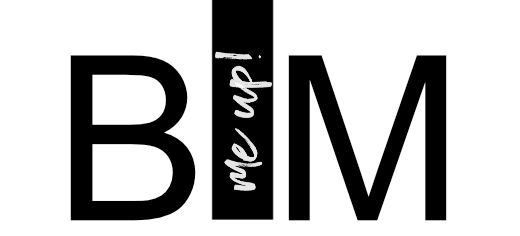Autodesk releases beta versions of Revit (and of course other programs) every year, but these are only accessible to a selected audience. All beta testers are also sworn to secrecy and are not allowed to talk publicly about the new features.
Last week, however, Autodesk also released a public Revit beta for the first time under the name Revit Sundial, triggering a real Twitter wave!

So what is Revit-Sundial?
This is an online version of Revit with a number of new features that are not included in the official 2015 version. However, it should be mentioned that Autodesk does not give any guarantee as to which version will include the features presented here in the official release. Nevertheless, it is very exciting to be able to officially see what is going on behind the scenes.
As this is an online version, you only need to install a small Citrix Viewer - unfortunately this is only available in the Windows version. You can download the installer from the official Revit Sundial page download (approx. 1.3 MB).
A Revit Sundial desktop icon is automatically created during installation. When starting, you connect to the Autodesk servers in the USA, so you definitely need a fast and stable data connection.
The following features are included in Sundial:
- The last setting "thin line" is now saved in the Revit.ini file
- Revit remembers the last setting for the positioning of DWG or Revit files (how long have we been waiting for this!!). However, the memory is apparently only in the "short-term memory" and is only valid until the restart.
- Dimensioning, referencing and snapping for linked IFC models
- Search fields in the type selector of the properties window (facilitates selection when placing new families) and in the "Reference other view" option (e.g. when placing a section or a detail section)
- Display of all locked dimensions and relationships (similar to the display of all hidden objects)
- New option in the family editor "load into project and close" (prevents families from remaining open in the background)
- Better control over wall connections, several wall connections can be selected and edited simultaneously
- Better control over the placement of shafts
- Improved performance when processing complex topographies
- A range of functions that were previously not available in perspective views, such as moving, aligning, (un)pinning and the ability to switch between perspective and parallel projection
- Automatic generation of interlinked PDF files
- Integration of Project Solon for the energy efficiency analysis of buildings (more information on Project Solon can be found here)
You can find a complete overview of all features in the Official features list (English).
More information and feedback on the project: Inside The Factory Blog







